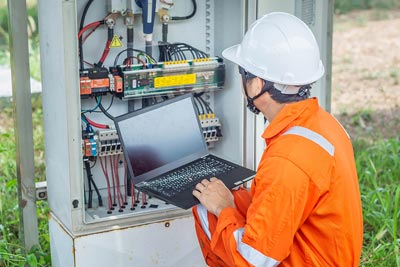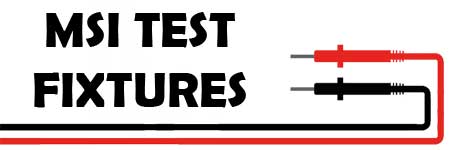
Energy PCB test fixtures play a crucial role in the energy industry, where electronic components and printed circuit boards are used in various applications to generate, distribute, and manage energy. The benefits of PCB testing in the energy sector include:
1. Improved Reliability of Power Generation: In power generation facilities, such as nuclear power plants, thermal power stations, and renewable energy installations, electronic components control critical systems. PCB testing ensures the reliability of these components, reducing the risk of downtime and ensuring uninterrupted power generation.
2. Enhanced Safety in Energy Distribution: The energy distribution infrastructure, including transformers, switchgear, and power distribution panels, heavily relies on PCBs. Testing ensures the safety and accuracy of these components, minimizing the risk of electrical faults, fires, and hazards to personnel and the public.
3. Efficient Energy Management: PCBs are used in energy management systems, smart grids, and energy storage solutions. Testing helps identify inefficiencies and faults in these electronic components, enabling efficient energy usage, load balancing, and integration of renewable energy sources.
4. Regulatory Compliance: The energy industry is subject to strict regulatory standards to ensure safety, environmental protection, and grid stability. PCB testing ensures that electronic components meet these regulations, enabling energy companies to comply with industry standards and avoid penalties.
5. Grid Resilience and Reliability: In a rapidly evolving energy landscape with increasing reliance on renewable energy sources and smart grid technologies, PCB testing ensures the robustness and resilience of electronic components in the power grid. This, in turn, enhances the reliability of energy supply to consumers.
6. Integration of Renewable Energy: Renewable energy technologies, such as solar panels and wind turbines, utilize electronic components in power conversion and control systems. PCB testing ensures the proper functioning of these components, facilitating the seamless integration of renewable energy into the grid.
7. Remote Monitoring and Control: PCBs are employed in remote monitoring and control systems for energy infrastructure, such as SCADA (Supervisory Control and Data Acquisition) systems. Testing ensures that these systems can accurately collect and transmit data, allowing energy operators to monitor and manage assets efficiently.
8. Minimizing Energy Waste: Testing of PCBs in electronic devices and appliances used in the energy sector ensures that these products operate efficiently and consume energy optimally. By reducing energy waste, this contributes to energy conservation and cost savings.
9. Innovation and Technology Advancement: PCB testing encourages innovation in energy-related technologies. By validating the performance of new electronic components and systems, testing supports the development of advanced energy solutions, such as smart meters, energy-efficient appliances, and electric vehicle charging stations.
In conclusion, Energy PCB test fixtures are essential to the energy industry as it ensures the reliability, safety, and efficiency of electronic components used in power generation, distribution, and management. By promoting compliance with regulations and facilitating innovation, PCB testing contributes to a more sustainable and resilient energy infrastructure.
